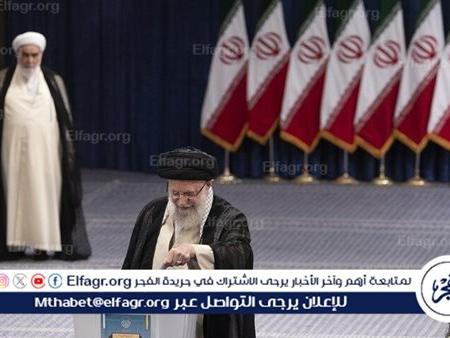Iran’s presidential election has entered its crucial runoff phase on July 5, 2024, following a first round that saw historically low voter turnout. The two remaining candidates, reformist Masoud Pezeshkian, 69, a former Health Minister, and conservative Saeed Jalili, 58, a former nuclear negotiator, are vying to succeed the late President Ebrahim Raisi, who died in a helicopter crash in May.Supreme Leader Ayatollah Ali Khamenei was among the first to cast his vote, emphasizing the importance of widespread participation. ‘I heard that the people’s interest in the election is even greater than the first round. If that’s the case, it’s encouraging,’ Khamenei stated. Despite his optimism, the first round saw only 40% of eligible voters participating, the lowest turnout in 45 years of the Islamic Republic.The election comes at a critical time for Iran, with the country facing significant economic challenges and tense international relations. Pezeshkian has called for ‘constructive relations’ with the West and criticized internet censorship, while Jalili has maintained a harder line, insisting that Iran doesn’t need the 2015 nuclear deal to progress.Approximately 62 million voters are eligible to cast their ballots at over 59,000 polling stations across the country. The voting process, which began at 8:00 am local time, is scheduled to end at 6:00 pm but may be extended if necessary. The first results are expected to be announced at midnight, with final results anticipated on the morning of July 6.While the president’s role in Iran is limited compared to the Supreme Leader, the outcome of this election could significantly influence Iran’s domestic and foreign policies, as well as potentially impact the succession to the 85-year-old Ayatollah Khamenei.
Key points
- Iran is holding a presidential runoff election between reformist Masoud Pezeshkian and conservative Saeed Jalili.
- The election follows historically low voter turnout in the first round, with only 40% participation.
- Supreme Leader Ayatollah Ali Khamenei has urged high voter turnout, emphasizing the election’s importance.
- The election outcome could influence Iran’s domestic and foreign policies, as well as potentially impact the succession to the Supreme Leader.
Contradictions👾There are conflicting reports about the candidates’ names and positions.
Some sources refer to the reformist candidate as Masoud Pezeshkian, while others mention Ebrahim Raisi.
Similarly, the conservative candidate is mostly referred to as Saeed Jalili, but one source mentions Said Celili.
👾There are discrepancies in reporting the voter turnout percentage for the first round, with some sources stating 40% and others mentioning 48%.



